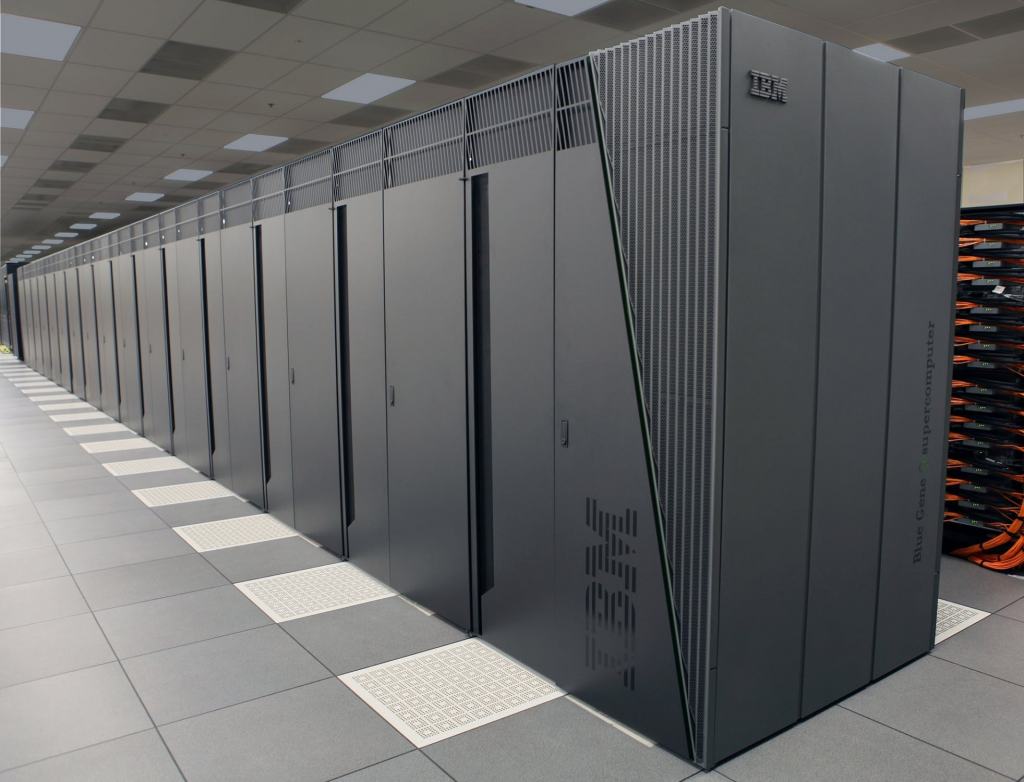Project Description
Introduction
IBM i AS400 operating systems were originally known as OS/400. IBM introduced this combination of the integrated system featuring hardware and an operating system comprising many core functions including an integrated database. It underwent a number of changes during IBM’s rebranding of its servers and in its subsequent release, was renamed as IBM i. It is also referred to as AS/400 or iSeries IBM Server. Though the reference to AS400 can be easily seen in many certifications and with professional associations, there is still a looming question of AS400’s relevance. The question is valid considering the fact that it introduced way back in 1988 and we are now in 2019! That’s a good thirty years gap and the technology today is way ahead of its times. It only continues to evolve rapidly with time.
So it is understandable that the platforms themselves would have gone through numerous iterations and developments. Yet, what makes IBM i AS400 still relevant today is its upward compatibility. Surprising as it may, you can run AS400 on Power System servers even in the current time period.

The Question of Relevance

AS400 still holds sway in many companies since it helps power critical applications in areas such as hospitals, banks including government bodies. The AS/400 servers are used in legacy systems rather than running everyday applications such as employee based functions or office functions. Statistics also point to the fact that the majority of users rely on IBM i AS400 to run their business applications. There is also a possibility that the workloads to the application can increase. Nevertheless, there is always a section of the audience who may prefer to move to other platforms for other reasons. Since AS400 was developed almost three decades ago, there is a sense of apprehension surrounding its relevance in today’s robust business environment.
Another aspect to consider is the skills and expertise required to maintain and run this niche platform. Since it was created a while back, even the individuals who created it may be close to moving it. This also means that their expertise goes out along with them. So it is crucial to have a transition plan in place to ensure talent does not die out with them.
Key reasons why IBM i AS400 is still a good choice even today is its reliability, scalability, security, and compatibility.
IBM i, as already stated, is upwardly compatible. What this means is that it helps cut costs by preventing expensive time consuming code migrations when platforms are updated.
Its image as a not so modern platform could not have been farther from the truth. In fact, its healthy mix of both native and open source development languages gives it both a modern and traditional balance.
With the appropriate software, any security concerns can be ruled out.
Most importantly, IBM i can not only handle a 4 core server but is scalable enough to handle up to 256 core machines!
Last, but not the least, when it comes to the question of reliability, IBM i AS400 stands tall. The platform is known to be up and running almost all the time.



